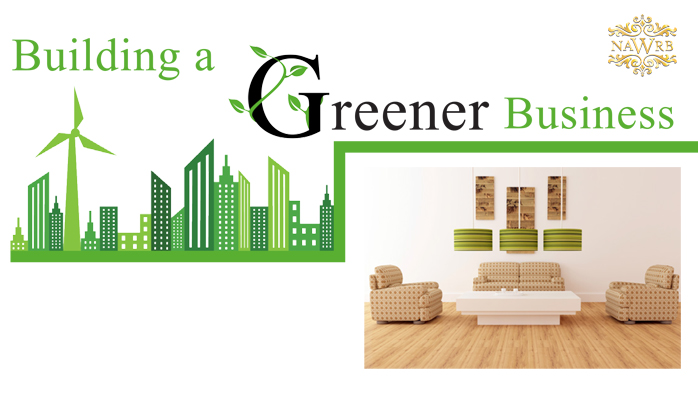With environmental issues becoming a hot topic around the world, many consumers and business owners are looking into different options as a way to incorporate green building designs and construction into their companies and homes.
However, with an uncertain economy, the innovative sustainable building trend can benefit companies in search of new business ventures and clients. And with recent research, more businesses are moving towards sustainable building.
Green building accounts for nearly one-third of new construction in the U.S., according to NPR.org.
Not only can sustainable building benefit business owners and consumers, but the construction industry as well.
The construction industry has seen its share of ups and downs by peaking at almost $500 billion in revenue in 2008, then decreasing to less than $350 billion two years later, and eventually staying on a steady track, according to the 2013 FMI Third Quarter Construction Outlook. However, the construction industry can use green building trends and incentives to achieve success.
Regarding success, many construction companies can use green trends in order to secure future client opportunities.
According to the Construction Monitor website, there are many green building trends paving the way in the construction industry. Those trends include renovating buildings to make them more green, energy efficient improvements and the use of transparency tools such as Environmental Product Declarations and Health Product Declarations.
Water awareness, recycling and Leadership in Energy and Environmental Design (LEED) certification are also trends in green building.
LEED certification is popular in environmental construction because it shows potential clients that a person has knowledge of green building. The United States Green Building Council (USGBC) developed the LEED rating system as a way to make sure the standards for green building were being met.
Not only is this certification becoming the norm for businesses, but it is also required for a growing number of them. According to NPR.org, LEED is the law in some states, while certification is encouraged or required in 34 states, 14 federal departments and 200 local governments.
Homes that are LEED-certified are predicted to use 30 to 60 percent less energy in comparison to a home built to International Energy Conservation Code, according to the USGBC website.
In some cases, the benefits of using LEED requirements in construction can help improve the quality of a business for its employees and customers. The USGBC website also states how LEED building reduces noise levels and improves air quality, which increases staff productivity.
Sustainable building is also making its mark on the construction industry by impacting the way homes, business and schools are developed.
Many buildings are turning toward the environmental construction trend including single-family homes, multi-family homes, senior living facilities and dormitories, according to the Mother Nature Network website. Several schools are using environment-friendly building materials such as Harvard University, which incorporated bamboo flooring into its LEED Gold-certified housing.
Schools are using bamboo flooring due to its resilience. Since bamboo grows rapidly, it is also an efficient renewable resource. Harvard University also incorporated double-insulated glass windows with a U-value, which measures the rate of heat transfer through a building, of 0.25 percent to its buildings, according to the university’s website.
Not only does environmental construction enhance the quality of buildings and the world, but it also offers incentives for businesses. Federal, state and local governments provide solar energy tax credits and rebates for businesses that qualify under certain requirements such as which electricity company they buy from.
Companies utilizing solar energy can also save money by reducing monthly bills. Although green building costs can initially be higher, it is a long term investment for construction companies with energy savings that last.
Additionally, businesses can use a variety of renewable resource materials to incorporate environmental construction. From bamboo floors to solar panels, these items can make a positive impact on the environment and companies.
Along with upgrading flooring, installing solar panels to business buildings and homes can generate incentives for a construction company and its clients. Solar-powered panels produce electricity from the sun’s rays, which can then be used to supply renewable energy to homes and businesses, and saves money by lowering utility bills.
As with most businesses in the construction industry, incentives can assist with increasing revenue, but networking and building relationships with potential clients can be important aspects to maintaining a successful company as well.
With sustainable building on the rise, construction companies can embrace green trends to appeal to potential clients who are interested in adding green initiatives to their homes and businesses.
As for the future of environmental construction, the total revenue across the industry is expected to grow to $245 billion by 2016, according to USGBC.
Whether it is updating flooring material or constructing an entirely green design from the ground up, business owners in the construction industry may find more green in their wallets by investing in green building.

 Login
Login

